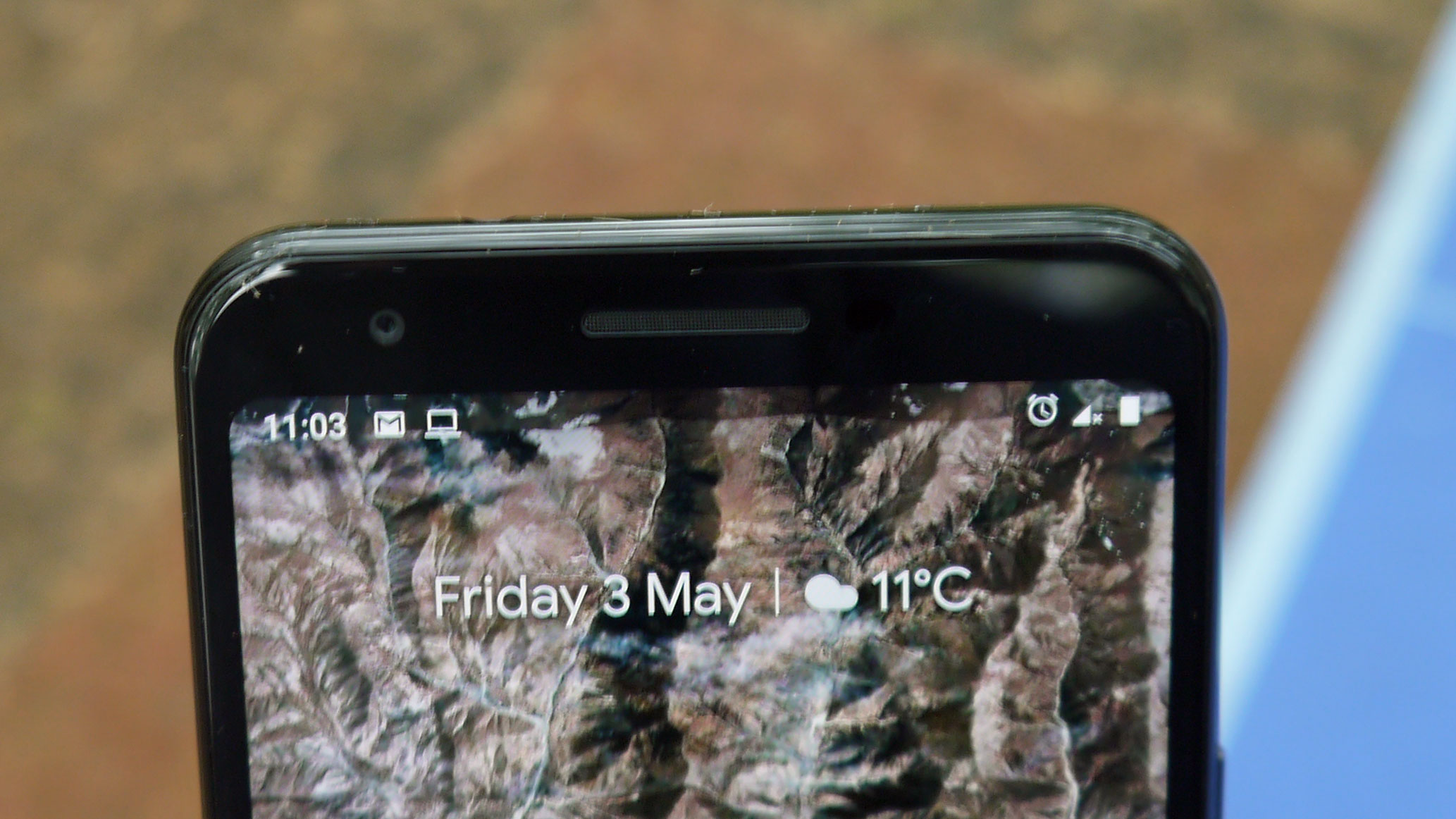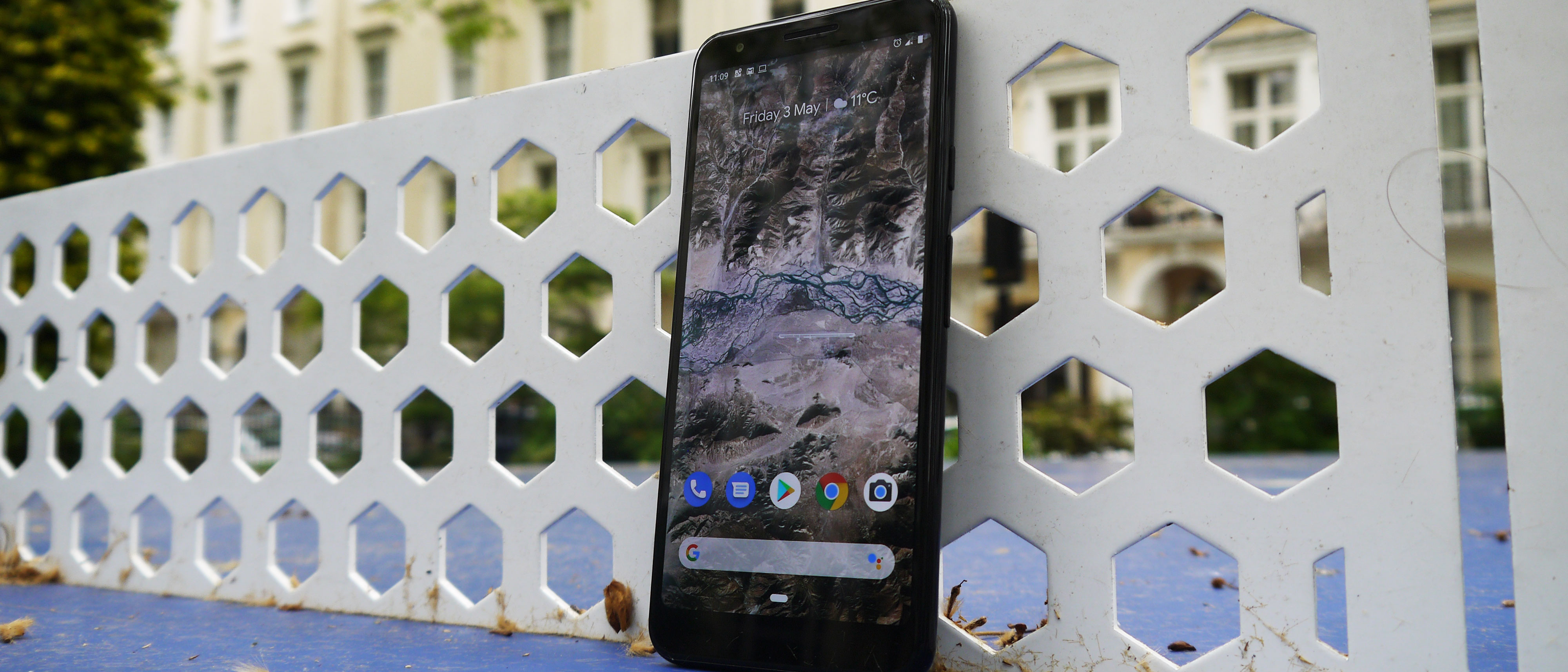Why you can trust TechRadar
Camera
The Google Pixel 3 topped our list of the best camera phones when it was released, and on paper the Pixel 3a is only a little less impressive – its 12.2MP f/1.8 single rear snapper is exactly what you could find on the back of the Pixel 3.
The real difference between the phones in terms of the camera setup is the lack of the Pixel Visual Core imaging chip in the Pixel 3a – in the Pixel 3 this powered the phone’s impressive image processing functionality, and its absence here means the various optimizations applied when you take pictures aren’t as intelligent as they could be.
The effect of this is most noticeable in image processing times – when we took a picture, then immediately pressed the gallery icon to view it, it took a few moments for the image to be processed before it was ready to view. This wait time could be a minor annoyance for people who want to check their pictures as soon as they’ve been taken, but for most users we don’t see it being a huge inconvenience.
When we used the camera optimization modes, including Cloudy and Tungsten, we found they often applied a blanket filter rather than enhancing the relevant parts of the image – for example, when we took a picture of cranes against a cloudy background, rather than subtly warming the image up the Cloudy mode made the scene look decidedly apocalyptic.
This felt like a bit of a shortcoming compared to the smarter optimizations in the Pixel 3, and it’s one of the trade-offs for the 3a’s lower price.

Another issue we found with the camera is that it sometimes boosted colors a little too much – this wasn’t always the case, and we took some good-looking pictures of green shrubbery, but when we took a picture of some fruit it looked a little unnatural.
These niggles aside, the Pixel 3a’s camera isn’t bad – in fact, it’s pretty fantastic given the price you’re paying for this phone. It was a little slow to focus and the shutter speed wasn’t lightning-fast, but the pictures it took had great quality; they were bright, detailed, and depth effects were rendered well.
Sign up for breaking news, reviews, opinion, top tech deals, and more.
Other useful features from the Pixel 3 are here, though, like Top Shot, which takes several pictures before and after you press the shutter button so you can pick the best one, and Night Sight, which takes improved low-light pictures.
Top Shot is useful if your friends or pets – or your own hands – like to move while you’re trying to take a picture, and it often let us capture shots we’d otherwise miss; however it’s only available on the standard Photo mode in the camera app, and when we were using the otherwise-similar Portrait mode we often missed the benefits of the feature.
Night Sight took competent low-light pictures – like most night modes you have to hold the camera steady for a while, which makes it a little hard to use in certain situations, but the resulting pictures have a lot more color and detail than similar images taken without this mode enabled.

On the front of the phone is an 8MP camera, which represents the biggest difference from the Pixel 3 cameras-wise – on the older handset there’s also a second 8MP sensor with a wide-angle lens, for a bigger field of view in selfies. While we found it a fun option to have on that phone, it’s not a serious omission here given the Pixel 3a’s lower price.
Pictures captured with the front-facing camera were generally impressive, looking bright and colorful, while the processing tech does much of the heavy lifting by applying ‘bokeh’ background blur effects to portraits digitally after you take the picture – this means you can take a selfie and the phone will save one version with a blurred background and one without.
The Pixel 3 doesn’t offer as much customization in terms of beauty modes and filters as other smartphones – there are few options in the beauty mode, so you can’t sculpt and edit your face to your heart’s content, and there aren’t the kind of stage lighting or headshot filters that make the selfie cameras on phones like the Huawei P30 so versatile, but it’s still great for the odd selfie with a blurred background.
Camera samples






Battery life
Keeping the Pixel 3a ticking over is its 3,000mAh battery, which is fairly small as power packs go, although it’s a little bit better than the Pixel 3’s 2,915mAh battery.
We found the battery life rather impressive – the 3a lasted a full day of use without fail, whether that day consisted of the odd text reply or streaming movies on our commute. That’s something we couldn’t say about the Pixel 3, and it feels like the bigger battery, along with the less demanding chipset, are smart choices for Google’s budget handset.
When we put the Pixel 3a though our battery test, which consists of playing a 90-minute video at full brightness with Wi-Fi on and accounts syncing in the background, it lost 16% charge – that’s better than the Pixel 3, which lost 18%, and some of the Pixel 3a’s competitors, like the Honor View 20, which lost 17%.
Other competitors include the OnePlus 6, which also lost 16% charge in the test, and the Xiaomi Mi 9, which dropped 15% – clearly the Pixel 3a isn’t laps ahead of the competition here, but it’s definitely among the front runners.
One Pixel 3 feature which the Pixel 3a doesn’t get is wireless charging – instead, you’re going to have to rely on the Pixel 3a’s 18W charging, which took an hour and a half to charge the phone to full, although it got us to 50% in just half an hour, so you’ll be able to top up on power quickly.
We did miss the ease and versatility that wireless charging offers, but few mid-range phones allow for wireless charging, and its absence is a small price to pay given the value you’re getting overall.
Current page: Camera and battery
Prev Page Introduction, design and display Next Page Anything else I should know?
Tom Bedford joined TechRadar in early 2019 as a staff writer, and left the team as deputy phones editor in late 2022 to work for entertainment site (and TR sister-site) What To Watch. He continues to contribute on a freelance basis for several sections including phones, audio and fitness.
